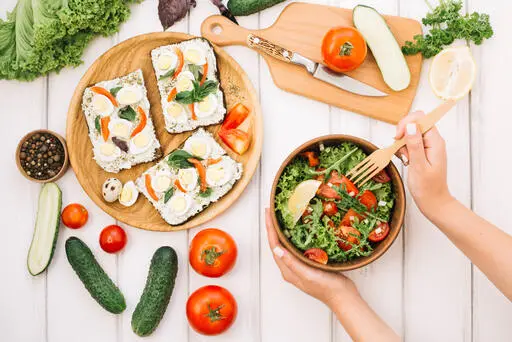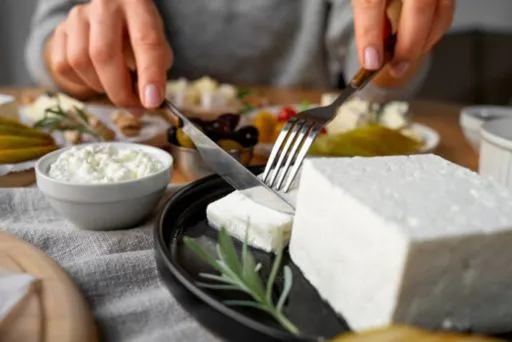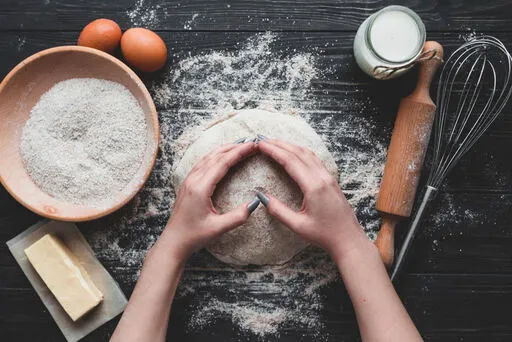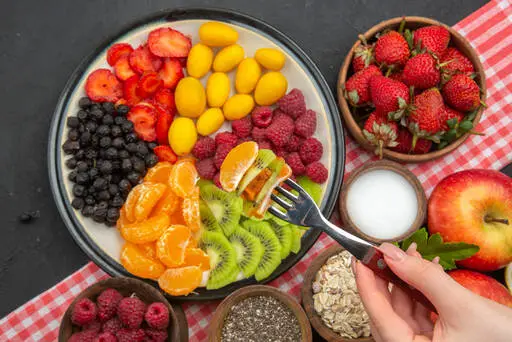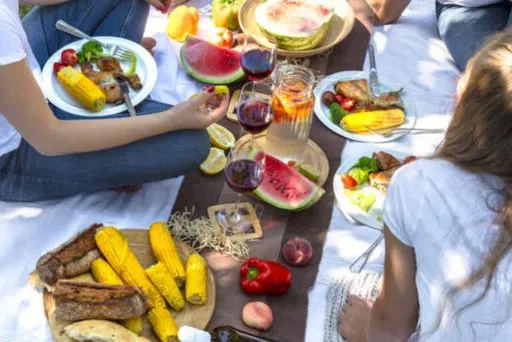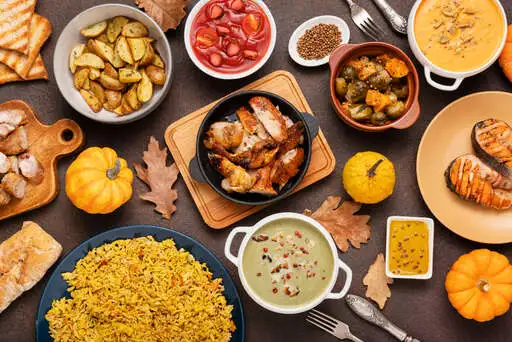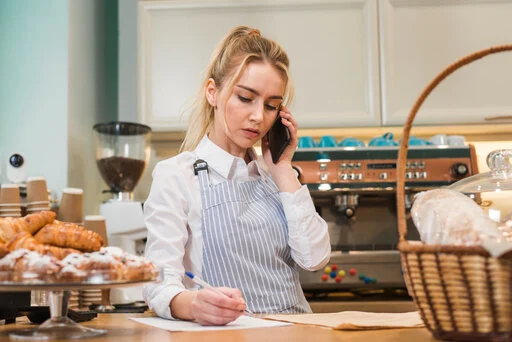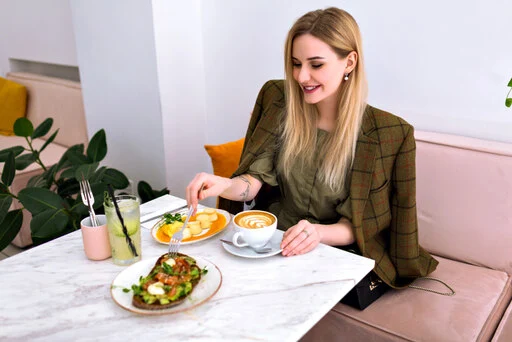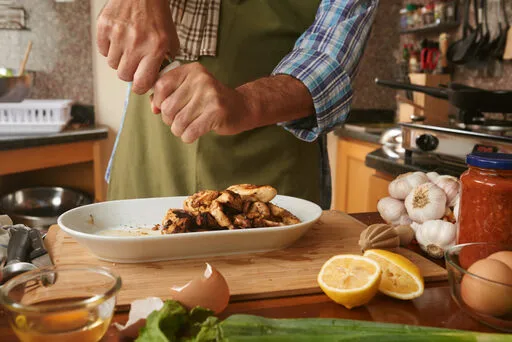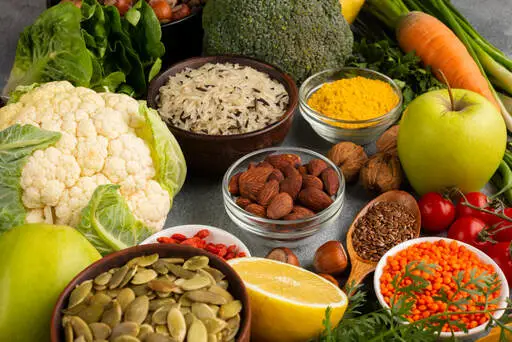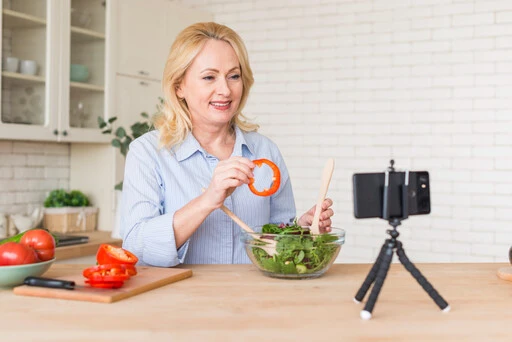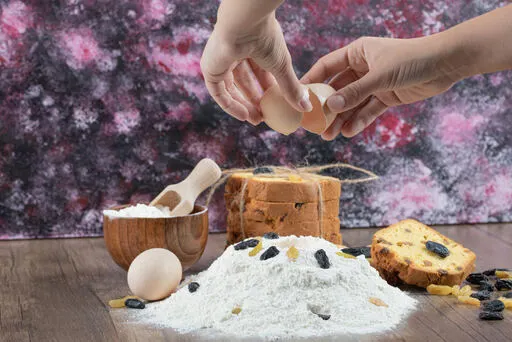Turning your kitchen into a playground for culinary exploration just got easier with “Good to Best.” In our specially curated article, “Mastering the Kitchen: Essential Cooking Tips for Food Enthusiasts,” we aim to bridge the gap between good cooking and exceptional culinary achievements for food enthusiasts everywhere. This piece is a treasure trove of knowledge, offering tips, techniques, and insights that promise to enrich your cooking journey. Focused squarely on the food niche, it’s designed to inspire and educate, making the art of cooking accessible and enjoyable for all. Whether you’re sautéing vegetables or seasoning meats, our essential cooking tips are your secret ingredient to turning everyday meals into gastronomic masterpieces.
Table of Contents
1. The Foundation of Flavorful Cooking
The journey to creating memorable meals begins with understanding the foundation of flavorful cooking. This essential skill elevates your food experiences, transforming simple ingredients into dishes that resonate with depth and harmony. At its core, it’s about appreciating how flavors combine and react, turning cooking into an art form. For food enthusiasts, mastering this foundation isn’t just about following recipes; it’s about embarking on a culinary adventure where each ingredient plays a pivotal role in the final taste.
- Selecting the Right Ingredients
Choosing the right ingredients is crucial in the realm of flavorful food. Freshness, quality, and seasonality play significant roles in how your dishes turn out. Food lovers know that the journey to a great meal starts at the market or in the garden, selecting ingredients that will bring their dishes to life. Opting for locally sourced produce not only supports the community but also ensures your food has more flavor and nutrients, setting a solid foundation for cooking that’s as nourishing as it is delicious.
- Understanding Flavor Profiles and Pairings
Understanding flavor profiles and pairings is like unlocking a secret code in the world of food. This knowledge allows you to experiment with food confidently, mixing and matching ingredients to create balanced and harmonious dishes. Sweet, sour, salty, bitter, and umami are the basic building blocks of taste, and learning how they interact can transform your cooking. For instance, the acidic tang of lemon can brighten a rich fish dish, while the sweetness of roasted vegetables can complement the umami richness of grilled meat. This insight into food pairing elevates your cooking, turning simple meals into extraordinary experiences.
- The Art of Seasoning: Beyond Salt and Pepper
Seasoning is where food truly comes to life, moving beyond the basic salt and pepper to a world of flavors that enhance and complement the natural taste of ingredients. Exploring herbs, spices, acids, and fats opens up new dimensions in your cooking, allowing each dish to express its unique character. The art of seasoning is about precision and balance, knowing just how much to add to highlight the food’s best qualities without overwhelming it. This skill is essential for anyone looking to create dishes that are not just food, but a reflection of culinary craft and creativity.
2. Techniques to Elevate Your Cooking
Elevating your cooking goes beyond following a recipe; it’s about mastering techniques that transform simple food into culinary masterpieces. Whether you’re a home cook or an aspiring chef, understanding and applying certain cooking methods can significantly enhance the flavor, texture, and overall appeal of your dishes. These techniques, from how you apply heat to your ingredients to the way you prepare and combine them, are fundamental in creating dishes that are not only nourishing but also delightful to the senses.
- Mastering Heat: The Key to Perfect Cooking
Mastering the application of heat is essential in the culinary world, impacting everything from the texture to the flavor of the food. Understanding the difference between searing, simmering, boiling, and baking allows you to coax the best taste and texture from your ingredients. For example, a gentle simmer can make a stew rich and tender, while a high sear can lock in the juices of a steak, creating a flavorful crust. This knowledge is crucial for anyone looking to elevate their food preparation skills, making every meal an opportunity to explore the profound effects of heat on food.
- The Essentials of Knife Skills: Chopping, Dicing, and Mincing
Knife skills are the foundation of efficient and safe food preparation. Proper chopping, dicing, and mincing techniques not only save time but also ensure that ingredients cook evenly and present beautifully. Whether you’re julienning carrots for a stir-fry or mincing garlic for a sauce, the way you cut your food can greatly influence the final dish’s texture and taste. By honing these essential skills, you can elevate your cooking, making the preparation process more enjoyable and the food more appealing.

- Sautéing and Roasting: Bringing Out the Best in Your Ingredients
Sautéing and roasting are techniques that can bring out the natural flavors of your ingredients, adding depth and richness to your food. Sautéing quickly in a hot pan with a small amount of fat can create a flavorful sear that enhances the overall taste of the dish. On the other hand, roasting in the oven allows for a more even, deep caramelization that can transform the simplest vegetables into a sweet, flavorful, and crispy delight. Mastering these methods allows you to unlock the potential of your ingredients, elevating your cooking to new heights of flavor and texture.
3. From Good to Great: Advanced Tips and Tricks
Taking your cooking from good to great involves a blend of creativity, precision, and a willingness to experiment with advanced tips and tricks. This evolution in your food journey is about refining your techniques and applying a deeper understanding of culinary principles to elevate the dining experience. It’s where the science of cooking meets the art of presentation, creating dishes that are as delightful to the palate as they are to the eye. By exploring advanced concepts such as texture balance and creative plating, you can transform ordinary meals into extraordinary culinary creations that captivate and satisfy.
- Balancing Textures for Culinary Excellence
Achieving culinary excellence requires more than just flavor mastery; it’s also about creating a harmony of textures that enhances the food’s appeal. The contrast between crispy and creamy, or soft and crunchy, can turn a simple dish into a memorable eating experience. For instance, adding a crunchy breadcrumb topping to a creamy pasta dish or combining a crispy salad with a soft-poached egg showcases how textures can elevate the overall enjoyment of a meal. This advanced approach to food preparation invites diners on a sensory journey, making each bite a discovery.
- Creative Plating: The Final Touch
Creative plating is the final, crucial step in presenting your food, transforming it from mere sustenance to a work of art. This advanced tip is not just about making dishes look attractive; it’s about enhancing the eating experience by engaging the senses even before the first bite is taken. The arrangement of elements on the plate, the play of colors, and the garnishes used not only contribute to the visual appeal but also to the anticipation of the flavors to come. In the world of food, creative plating is the bridge between the culinary art you’ve prepared and the sensory experience of the diner, making it an essential skill for anyone looking to elevate their cooking from good to great.



